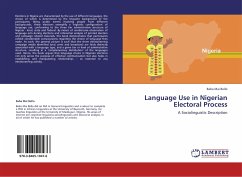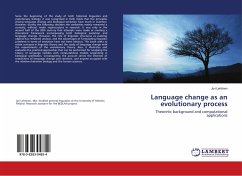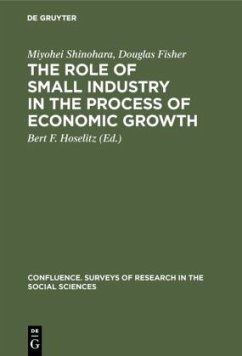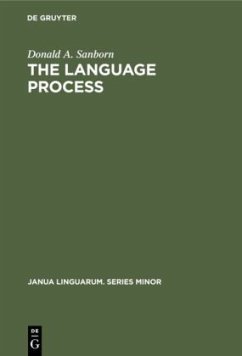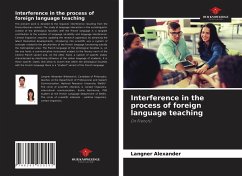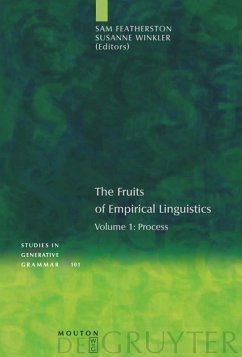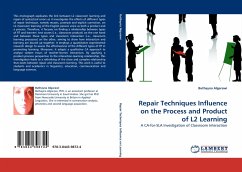
Brain and reading process
Designing stimuli for Arabic and Bengali single word reading aloud by 'incomplete Bilinguals'
Versandkostenfrei!
Versandfertig in 6-10 Tagen
32,99 €
inkl. MwSt.

PAYBACK Punkte
16 °P sammeln!
Human brain is considered the biological centre of reading technique. All types of reading activities are always processed through the brain. As the storehouse of cognitive mechanism the brain activates reading process one of the most complex cognitive functions of human beings. In fact,Reading involves visual information from a written text with the help of some invisible techniques derived from the stimulation of the neural components of the brain. Here the written text works as the visual stimuli of the reading process. So, nowadays most research experiments on depicting cognitive as well a...
Human brain is considered the biological centre of reading technique. All types of reading activities are always processed through the brain. As the storehouse of cognitive mechanism the brain activates reading process one of the most complex cognitive functions of human beings. In fact,Reading involves visual information from a written text with the help of some invisible techniques derived from the stimulation of the neural components of the brain. Here the written text works as the visual stimuli of the reading process. So, nowadays most research experiments on depicting cognitive as well as neural aspects of reading techniques involve words (both familiar and unfamiliar) and pseudowords as stimuli. This book provides a comprehensive methodology of how to select words stimuli as well as construct pseudowords from the respective words to be used in the experiment. Though the method, this book discusses, emphasizes the designing process of the Arabic and Bengali words as well aspseudowords, researchers working in the field of reading domain can easily get new direction and insight to make stimuli for further research experiment.



